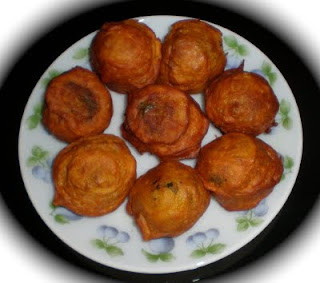Vegetarian Saraswat cuisine



Their curries use a lot of coconut, coconut oil, tamarind, and curry leaves and is largely influenced by South Indian cuisine. It is slightly similar to Malvani or Konkani and Udupi or Mangalorean cuisine. Their cuisine is less spicy and has little Portuguese cuisine influences than the cuisine of their Goan Catholic counterparts.[1] Hooman ani Xit (Hooman – fish curry; Xit – parboiled rice) is the staple food of the Saraswat Brahmins of Goa, whereas the regular partaking of Indian breads such as Puris, Chapatis and Parathas are seen mainly amongst the Saraswat Brahmin of Maharashtra, India. Satvik Brahmin (sub-sect of Saraswat Brahmins) cuisine, is similar to Jain cuisne, which is a strictly vegetarian cuisine that does not use vegetables that are plucked from underground, like onions, potatoes, garlic, etc. Dishes such as Savalem ranapp prepared among the Bhats (Priests), Orthodox Goud Saraswat Brahmins and Chitrapur Saraswat Brahmins. This is followed by most Konkani families on Holy days and on festivals like Ganesh Chaturthi follow this style of cooking. On certain days, (Mondays in particular), all Saraswat Brahmins eat only vegetarian food. This is particularly true in families whose Kuldev (family deity) or other family deities like Mangesh, Nagueshi or any other form of Lord Shiva. Most Saraswat Brahmins are routinely vegetarian.
Khatkhatem, a vegetable with at least 6 vegetables stew is popular. Bhaji or Shaak (made from different vegetables and fruit), Usal (spicy pulses in a thin watery gravy), Misal (usal topped with fried snacks), Tondak (Beans combined with cashewnuts), Ross (coconut-based dishes), Hoomans (different types of curries), karams (vegetable salads), Lonche (Indian pickles) and Papads (flatbread). Fast foods include Moongacho gathi (curried green gram), botatyache patal bhaji (potato curry), tur dal ross (split pigeon pea curry), etc.



No comments:
Post a Comment